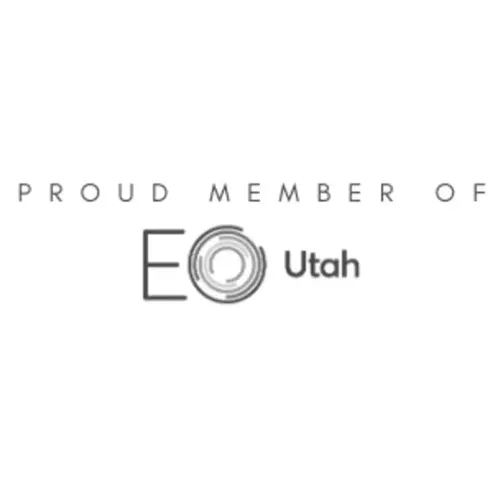Recently updated on December 16th, 2024
Pop-up tents, especially custom tents and custom canopy tents, use a mix of materials tailored for different parts.
Frames: The frame is essential for the tent’s structure. Lightweight aluminum is a popular choice, balancing strength with portability. Steel, another option, is sturdy but needs coating to prevent rust. For those wanting flexibility, fiberglass is ideal, as it can bounce back after bending.
Canopies: Canopies are the protective covers. Polyester is commonly used because it’s durable and water-resistant. Nylon, another choice, is light and water-resistant but might wear out faster in strong sunlight. Polyethylene offers sturdiness, and canvas, though heavier, adds a touch of luxury and naturally repels water.
Floors: For tents with floors, waterproof polyethylene is common. Nylon, when given a water-resistant treatment, also works well, being both durable and light.
Special Coatings: Many tents get extra coatings for added protection. Polyurethane (PU) and silicone are often applied to enhance water resistance.
Customization is a growing trend in today’s market. From tent legs to half walls, there are numerous options to make the tent unique. Customized tents, with their variety of features, ensure that users get precisely what they want, tailored to their needs and preferences.







